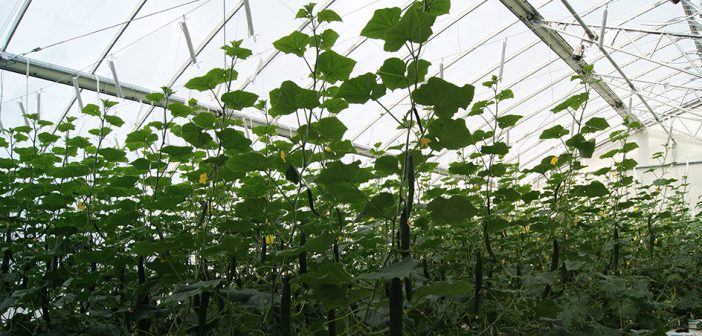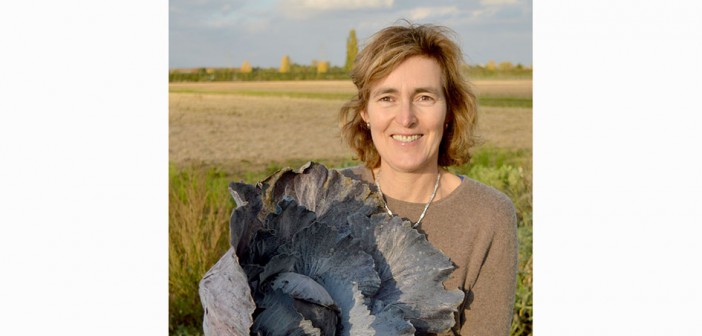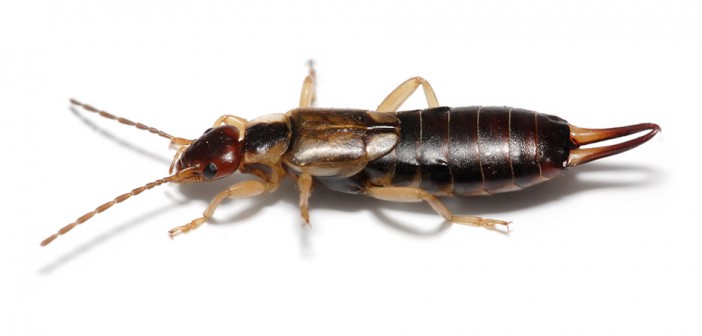Wageningen University & Research says that fifteen teams have registered to participate in its Autonomous Greenhouses challenge which will take place in the WUR research greenhouses at Bleiswijk. In total, the teams comprise 90 individuals representing 15 nationalities from across the globe.
Teams represent both technology and horticultural companies, such as Microsoft Research, Intel, Tencent, Delphy, Philips Lighting and Syngenta. A number of start-ups are represented and WUR says that the teams also include several plant breeders with lots of practical experience.
The challenge, which is sponsored by Tencent (a leading provider of internet services in China) aims to boost vegetable production using artificial intelligence and autonomous greenhouses to improve vegetable production, and to explore breakthroughs that can help feed more people, deliver greater food security and create more food with fewer resources.
On 31 May and 1 June, the 15 teams will take part in a 24-hour ‘hackathon’ and based on the results, an international jury will then shortlist five teams to go through to the next round. This will involve breeding cucumbers remotely in a dedicated greenhouse section at Bleiswijk using intelligent algorithms, models and sensors, with as little human interference as possible.
The full list of participating teams includes: A Team, AiCU, Huxley, B-Mex, Deep Greens/UNAM, greenHU, iGrow, Modo, SNUPHPF, Sonoma, South China Future AG, The Croperators, The new (cu)cumbers, We Grow and Young Data Driven Growers.

Photo Caption: Companies already working in the greenhouse sector are represented in the entries
Photo Credit: Delphy
The post International teams enter autonomous greenhouse challenge appeared first on Hort News on 10 May 2018.

